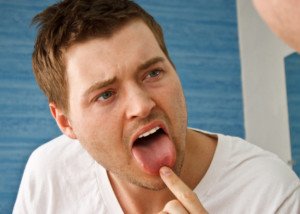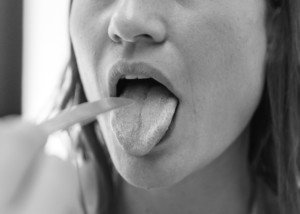Okay, muscle twitching is a hot topic in cyberspace. Millions of men and women have twitching muscles.
Many of them freak out and think muscle twitching means the deadly disease ALS because muscle twitching is an ALS symptom.
But don’t fear; twitching muscles is a part of normal muscle function.
We evolved to have twitchy muscles. A primary cause of muscle twitching is anxiety and stress.
Our muscles twitch in response to anxiety because they anticipate action. So they kind of get revved up; they twitch.
“Think about it–before a big interview, you might get a ‘nervous’ twitch in your leg or your arm,” begins John Whyte, MD, board certified internist in Washington, DC, and author of “Is This Normal? The Essential Guide to Middle Age and Beyond.”
He adds,“Sometimes even your eye and face. It typically lasts just a few seconds. It is all normal and related to neurotransmitters and hormones.
“Often when we are stressed it cause changes in blood flow. Think fight or flight.
“So when you get nervous and have an adrenaline rush, the twitching usually is in our hands and legs, since they are getting more blood flow and ready to rush to our defense if need be.
“We also believe that when we are stressed, our nerves are at a heightened sense of alertness, so sometimes our impulses fire off more easily.”
Strenuous exercise is also a major cause of muscle twitching, particularly strength training.

The more you get to know your muscles and their twitching habits, the more at ease you will be if muscle twitching frightens you.
A twitch of muscles can occur in any muscle that moves voluntarily. So think of which muscles you CANNOT move with free will.
Two muscles should come to mind: the heart and the uterus. The heart and uterus are muscles, but we cannot move them by will.
But all skeletal muscles are what are known as voluntary muscles because we can will them to move.
The Most Common Sites for Twitching Muscles
- Calves
- Eyelid
- Arches of feet
- Hamstrings (back of legs)
- Quadriceps (thighs)
- Butt
- Chest
- Back
- Neck
- Shoulders
- Arms
- Fingers
- Toes
However, people have claimed to experience muscle twitches at various points on their faces, such as:
- Above the upper lip
- Below the lower lip
- Forehead
- Temple
- Back of head
- Top of head
- Chin

The tongue is also a muscle, so this means that twitching can occur in the tongue.
This can scare the crap out of some people who know that tongue twitching is a symptom of what’s known as bulbar-onset ALS.
But you should know that by the time the ALS victim experiences bulbar twitching, he is already having difficulty swallowing, trouble chewing food and usually trouble speaking.
Read my interview with neurologist Kristina LaFaye, MD, about Bulbar-onset ALS.
If the hypochondriac gets carried away, his or her anxiety will cause him to perceive the sensation of difficulty swallowing, and he’ll begin “hearing” his speech become slurred.
These are imagined symptoms that fear causes.
If a muscle in a finger or toe twitches, it usually causes the finger or toe to jump, jitter or briefly shake. This can scare a person with health anxiety.
But if a muscle in a digit twitches, why WOULDN’T the digit jump? The digit is so small that muscle twitching will make it jump.

Shutterstock/Fh Photo
When muscles twitch, you can see the twitching. Sometimes the twitch length runs half a foot.
After doing pull-ups one day, the moment I stopped and took a seat, a thumping twitch developed in my chest.
The twitching persisted all day and evening, but was completely gone come next morning.
At the gym, I could easily view the twitching in the mirror, a horizontal twitch length of about five inches, kind of like something flashing beneath my chest muscle, right under the clavicle bone.
Something about the pull-ups triggered this, even though pull-ups do not target the chest muscles.
But chest muscles are antagonists to the back muscles in a pull-up, and this opposing relationship certainly had something to do with the twitches.
Get familiar with your various muscle twitches.
Familiarity brings peace of mind.
Learn which activities bring on twitching muscles.
Think of muscle twitches as internal massages.















